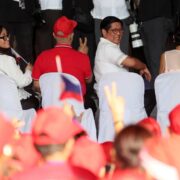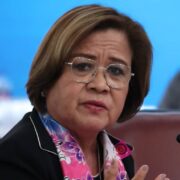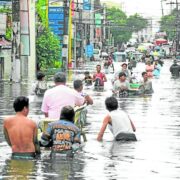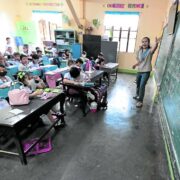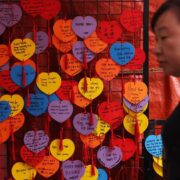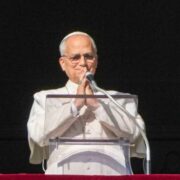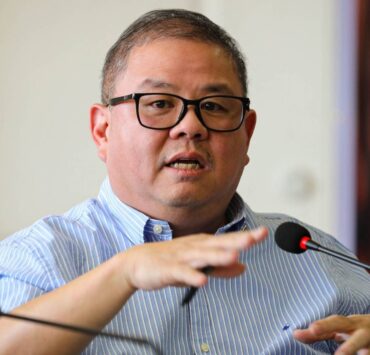More Filipinos consider themselves ‘poor’ for 3rd month

Filipino families who consider themselves poor have increased for the third straight month, according to the latest self-rated poverty survey by the Stratbase Group and Social Weather Stations (SWS).
Conducted from April 11 to April 15 and released on Saturday, the nationwide survey found that 55 percent of families rated themselves as “poor,” or “mahirap,” a three-point rise from 52 percent in March, and four points higher than 51 percent in February.
This continued rise follows a dip to 50 percent in January 2025, after hitting a high of 63 percent in December 2024.
Meanwhile, 32 percent of respondents classified themselves as “not poor,” or “hindi mahirap,” marking a four-point drop from a record-high 36 percent in March.
Another 12 percent considered themselves as being in the borderline, or neither poor nor not poor—a figure that remained relatively stable compared to 13 percent in February and 14 percent in January.
Since April 1983, SWS has measured self-rated poverty 149 times. The first survey, commissioned by the Development Academy of the Philippines, recorded a 55-percent poverty rate, while the highest was 74 percent in the July 1985 Bishops-Businessmen’s Conference poll.
In SWS surveys from May 1986 to the present, the rate peaked at 72 percent in February 1992 and dropped to a low of 38 percent in March 2019.
Highest in Mindanao
The three-point increase in self-rated poverty was due to increases in Mindanao, Visayas, and Metro Manila, combined with slight decline in Luzon outside Metro Manila.
Self-rated poverty was highest in Mindanao at 70 percent, followed by the Visayas at 67 percent, Metro Manila at 45 percent, and Luzon outside Metro Manila at 44 percent.
Compared to the March 2025 survey, the poverty rate rose by 10 points in Mindanao (from 60 percent), 5 points in the Visayas (from 62 percent), and 4 points in Metro Manila (from 41 percent). It slightly declined by 2 points in Luzon outside Metro Manila (from 46 percent).
On the other hand, those who felt they were not poor fell by 11 points in Mindanao (from 27 to 16 percent), 4 points in the Visayas (from 25 to 21 percent), and 3 points in Metro Manila (from 48 to 45 percent).
In Luzon outside Metro Manila, it remained relatively unchanged, rising by just one point from 43 to 44 percent.
The percentage of families identifying as borderline hardly changed from 11 percent to 10 percent in Metro Manila, 11 percent to 12 percent in Luzon outside Metro Manila, 13 percent to 12 percent in the Visayas, and 13 percent to 14 percent in Mindanao.
The SWS survey used in-person interviews among 1,800 registered voters.
It had a margin of error of plus-or-minus 2.31 percentage points for the national percentages, plus-or-minus 3.27 percentage points for Luzon outside Metro Manila, and plus-or-minus 5.66 percentage points each for Metro Manila, the Visayas, and Mindanao.





